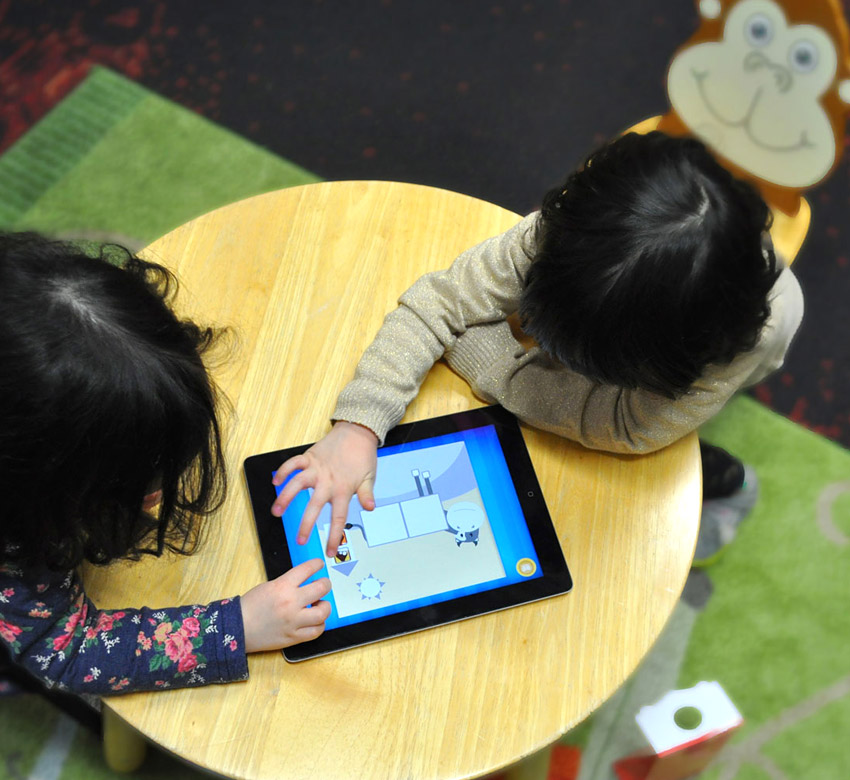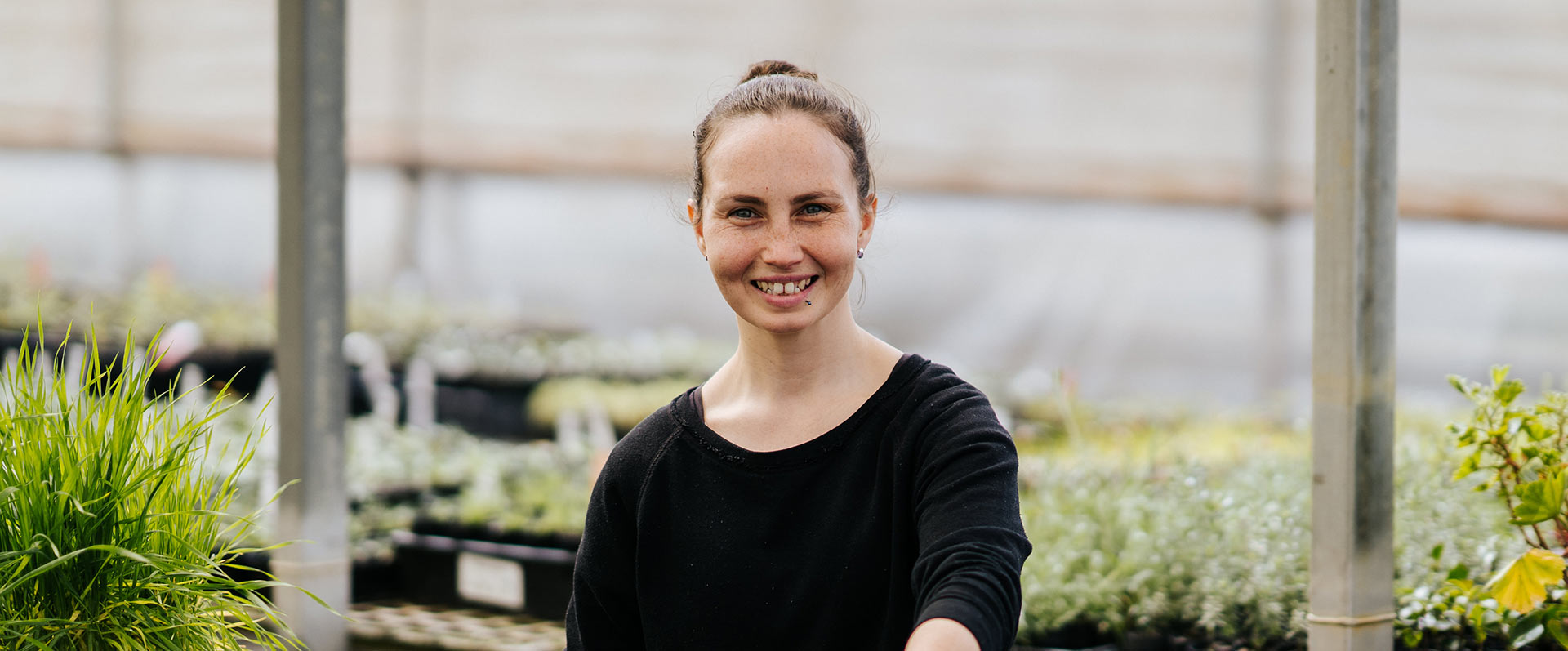Tracking how children see the world
Grant funding allows the Swinburne BabyLab to purchase infrared eye-tracker
Swinburne's BabyLab uses innovative techniques to explore cognitive, social and brain development in infants and young children.
Researchers were recently awarded a $43,000 grant to investigate how infants, children and adults see and experience the world through the use of an infrared eye-tracker. The grant will allow for the purchase of a mobile infrared eye-tracker.
Director of the Swinburne BabyLab, Dr Jordy Kaufman, said an infrared eye-tracker will benefit many of the BabyLab's research projects.
Infrared eye tracking is an extremely useful tool for scientists to investigate how people think and feel. It is particularly useful for non-verbal participants including infants and adults with certain disabilities.
One of the studies will look at how screen-based media affects learning and attention in young children. Instead of relying on subjective reports from parents, an eye-tracker will measure children’s attention in a variety tasks to accurately assess the extent to which children are distracted.
This research will give a much richer understanding of the effects of screen media on early development. It will also provide insights into how best to guide parents about media usage.
The eye-tracking equipment may be used to examine how natural supplements could improve attention in children diagnosed with ADHD.
Eric Ormond Baker Charitable Fund
The grant is funded by the Eric Ormond Baker Charitable Fund, managed by Equity Trustees. This fund was established under Mr Eric Baker’s will in 1978. It supports hospitals, public education, benevolent societies, public scientific purposes and for people in need.
It is one of 450 charitable trusts managed by Equity Trustees Ltd, Australia’s leading independent trustee company.

Donate to Swinburne
Supporting education at Swinburne does make a real impact in the world.
Understanding how screen-based media affects learning and attention in children
Swinburne BabyLab's infrared eye tracker
